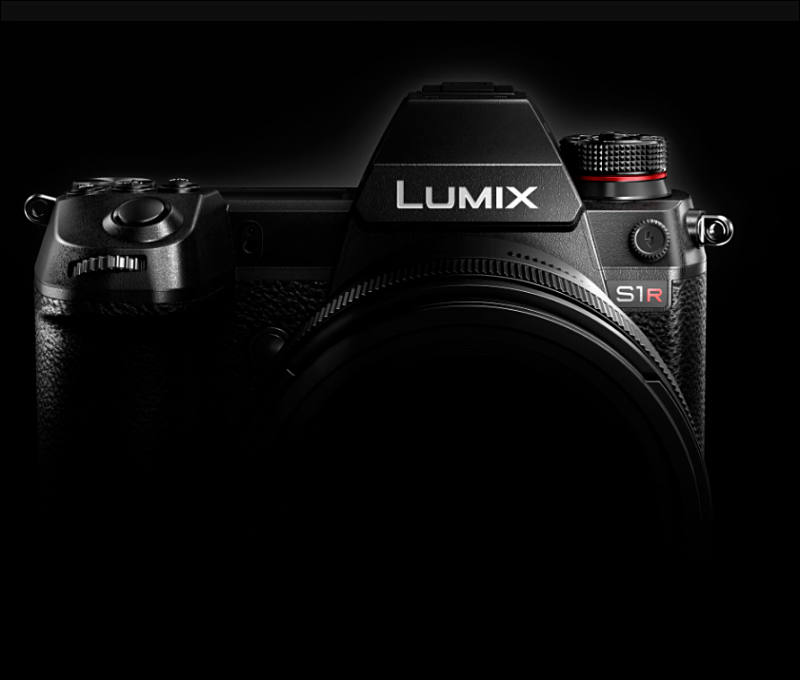
-
More body photos
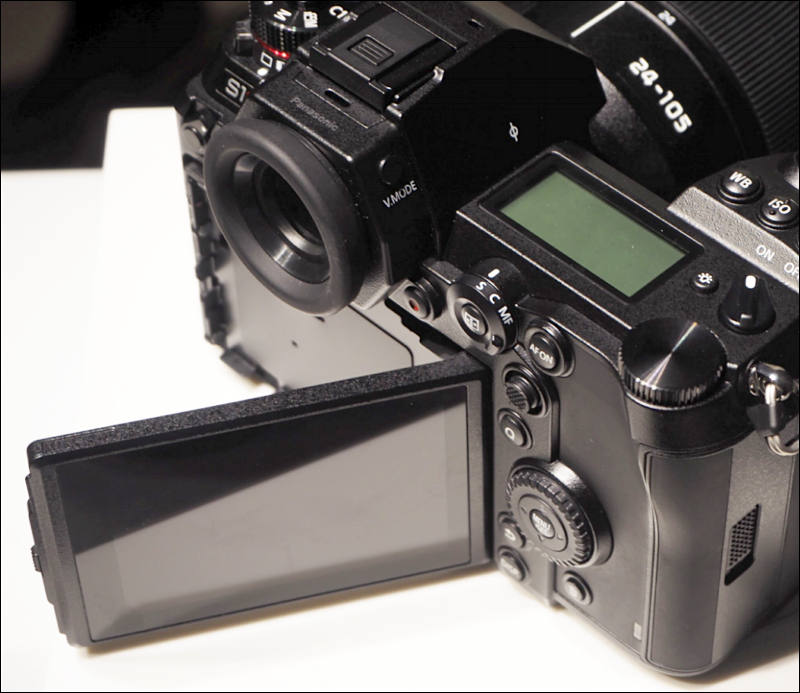
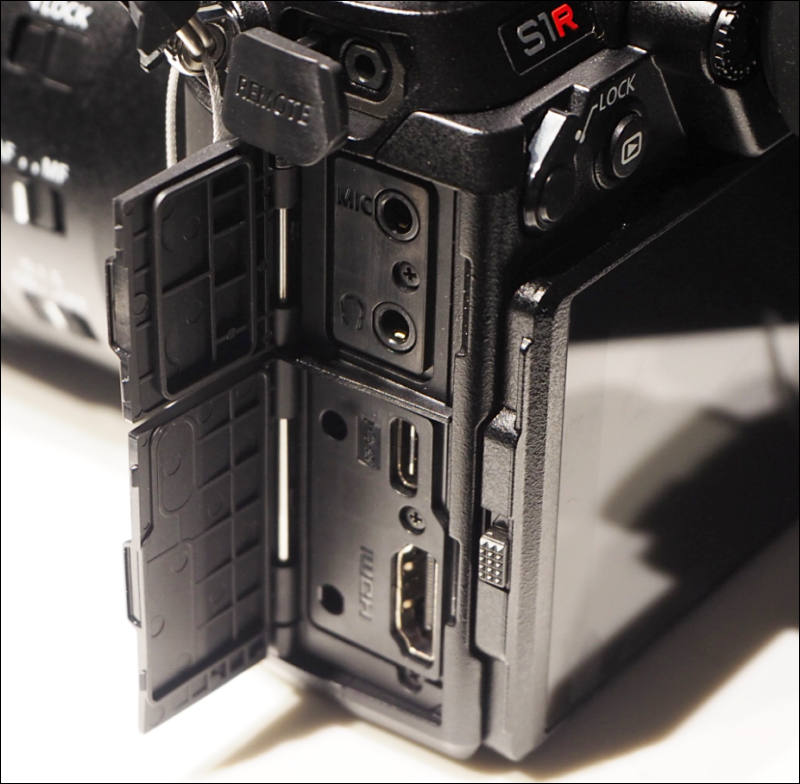
Look at the screen photo above - it is bad construction.
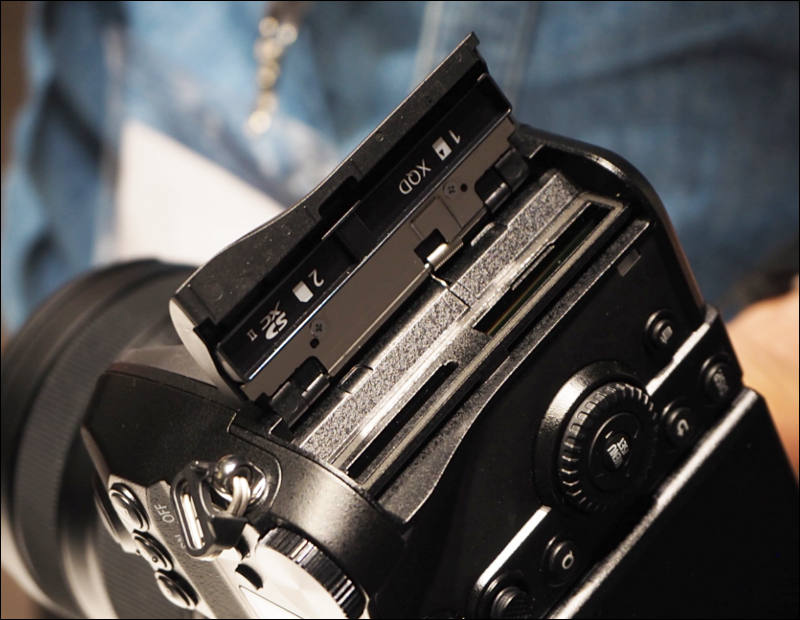
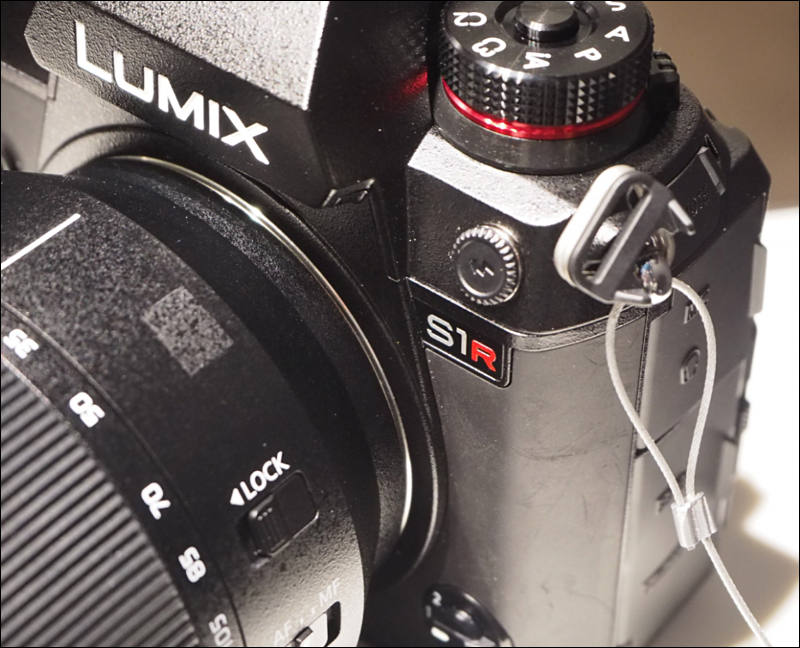
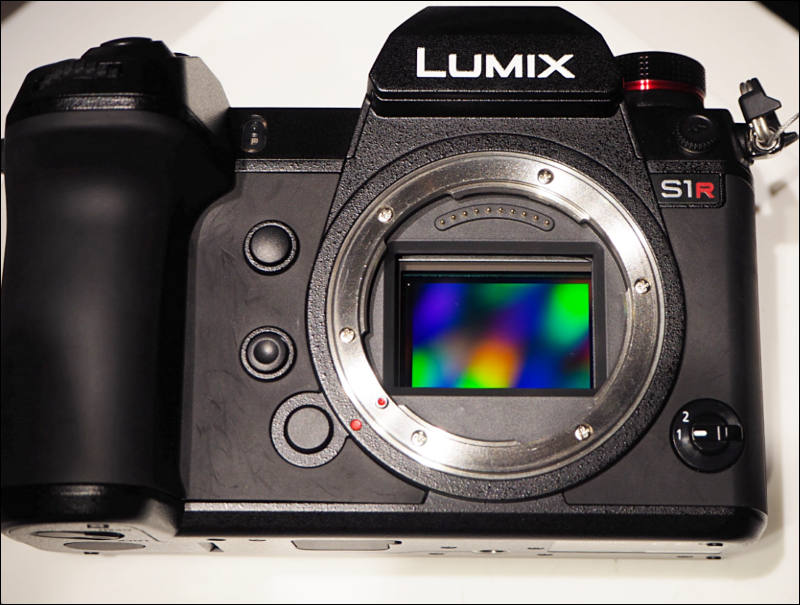

 sa4815.jpg800 x 693 - 69K
sa4815.jpg800 x 693 - 69K
 sa4816.jpg800 x 784 - 74K
sa4816.jpg800 x 784 - 74K
 sa4817.jpg800 x 620 - 71K
sa4817.jpg800 x 620 - 71K
 sa4818.jpg800 x 648 - 82K
sa4818.jpg800 x 648 - 82K
 sa4820.jpg800 x 605 - 74K
sa4820.jpg800 x 605 - 74K -
Detailed body photos
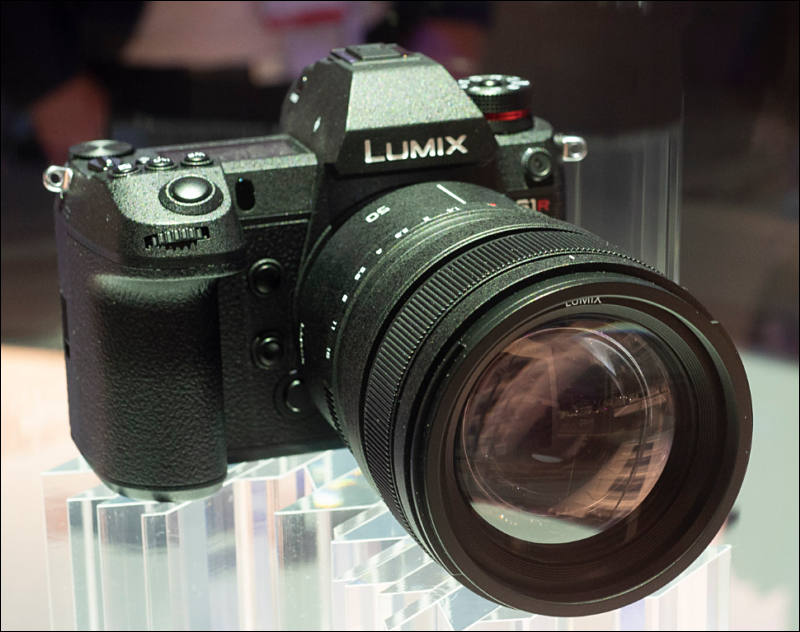
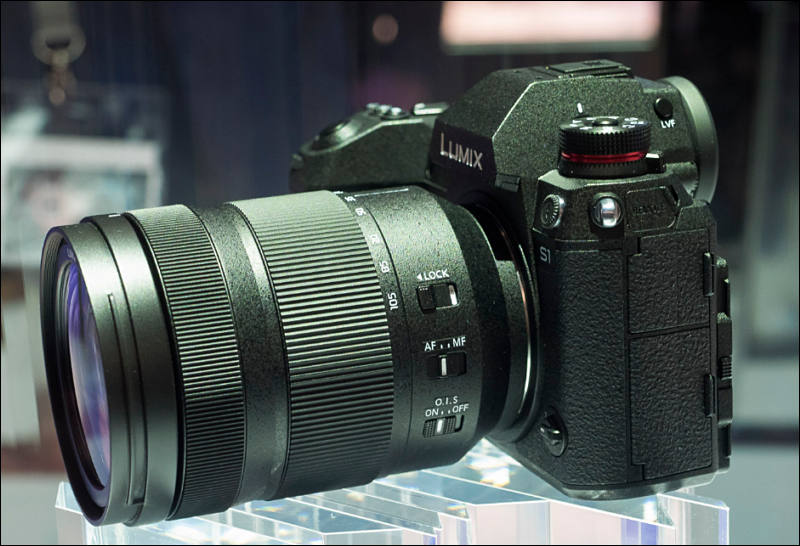
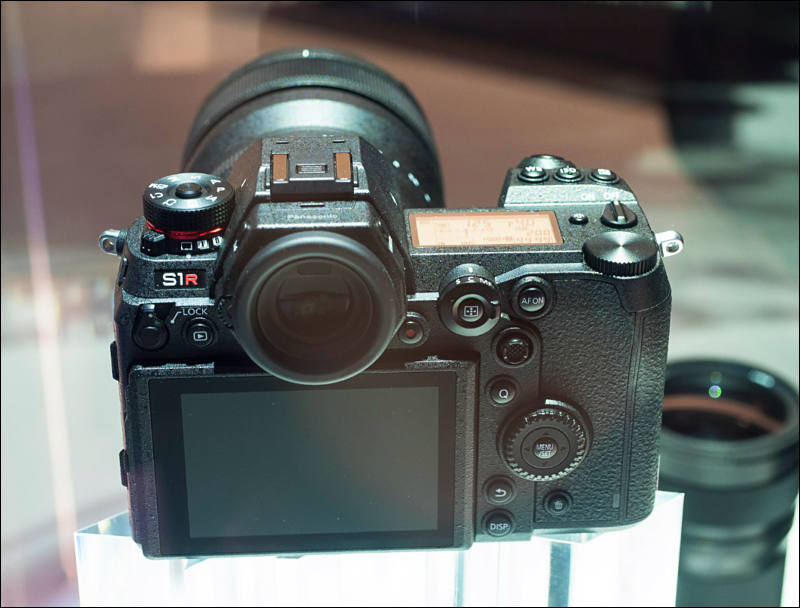
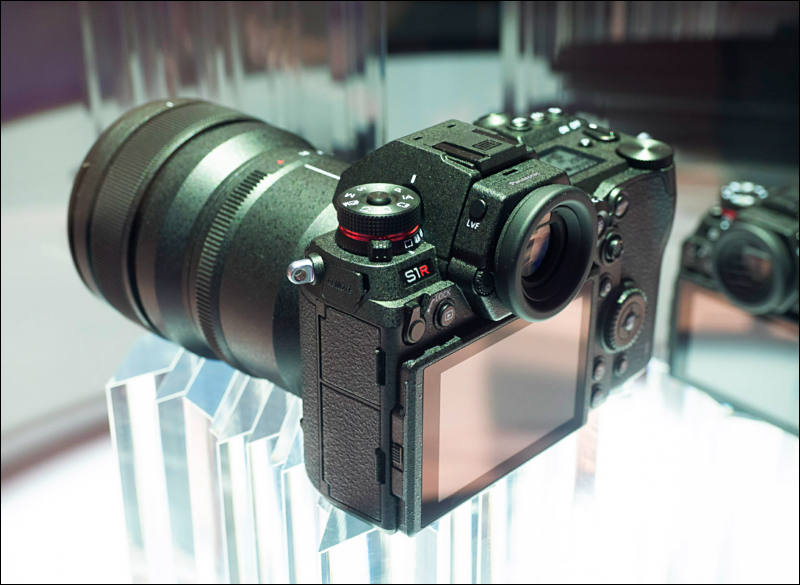
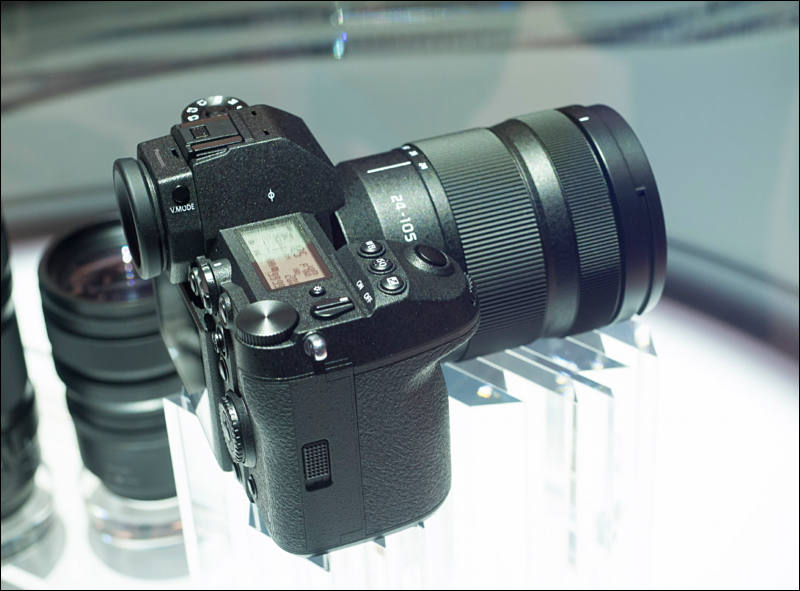
https://www.optyczne.pl/12894-news-Aparaty_i_obiektywy_Panasonic_LUMIX_S_zza_szyby.html

 sa4809.jpg800 x 632 - 72K
sa4809.jpg800 x 632 - 72K
 sa4810.jpg800 x 546 - 73K
sa4810.jpg800 x 546 - 73K
 sa4812.jpg800 x 608 - 65K
sa4812.jpg800 x 608 - 65K
 sa4813.jpg800 x 585 - 62K
sa4813.jpg800 x 585 - 62K
 sa4811.jpg800 x 591 - 60K
sa4811.jpg800 x 591 - 60K -
Most probably they have, but due to positioning and prices they try to focus on people with big income.
And calling it "photographer camera" works better here. -
Purely for photographers? So no 4K 10bit internal? :-(
-
The S1R will be purely for photographers, the company says, with landscape, commercial and portrait photographers being explicitly named.
-
PR
Panasonic Corporation has developed two models of its first Digital Single Lens Mirrorless camera with a 35 mm full-frame image sensor, the LUMIX S1R and the S1. These models are equipped with the world's first^*1^ 4K 60p video recording function and the Dual I.S. image stabilization system. As part of the LUMIX S series, Panasonic aims to release them on the global market early 2019.
For 100 years since its founding, Panasonic has strived to help realize better lives for customers around the world by responding to their needs. Working on the concept of creating a new culture of photography for a digital age with digital cameras, in 2008 Panasonic released the LUMIX G1, the world's first^2^ Digital Single Lens Mirrorless camera. Over the ten years since then, Panasonic has continued to lead the industry with product innovations, such as the world's first^3^ camera supporting 4K video recording, and cameras equipped with the Dual I.S. (Image Stabilization) system, combining stabilization both inside the camera unit and the lens.
In recent years, telecommunications lines have increased in speed while social media video-sharing has gained popularity and as a result, more and more people are enjoying a hybrid of photos and videos, widening the range of expression in content production. This new field prompted the need for a new type of camera that goes beyond the boundaries of traditional photos and videos.
With this in mind, Panasonic adopted the concept, 'Fuel the Photographers' Creative Vision' to develop a Digital Single Lens Mirrorless camera with a strong focus on the expressive capabilities for both photos and videos. The company will bring these cameras to market as part of the LUMIX S series, striving to provide "specialized value" to customers desiring higher expressiveness. The cameras are user-friendly and offer a robust assortment of essential tools for professional photography and videography, as well as incorporate an entire array of Panasonic technology refined over a century. The latest innovations in Lumix S series also build on Panasonic's ten years' experience developing Digital Single Lens Mirrorless cameras, including digital technology such as image or signal processing, plus optical and heat dispersion technology and more. The combination of these capabilities will provide customers with new value for photography and videography.
The key features of the newly developed cameras, the LUMIX S1R and the S1, are as follows.
Capabilities with high definition and high level of expression achieved with the newly-developed 35 mm full-frame image sensor and image processing engine.
Effective pixels: approximately 47M for the S1R and 24M for the S1.
- World's first support for 4K 60p video recording in a full-frame Digital Single Lens Mirrorless camera.
- World's first full-frame camera equipped with Dual I.S. (Image Stabilization), enabling handheld shots for dark or distant scenes that would previously have required a tripod or other equipment.
- A double slot for XQD memory cards and SD memory cards, the first for Panasonic; and a rugged triaxial tilt LCD, emphasizing ease of use and supporting professional photography and videography.
- Leica Camera's L-Mount, making it possible to use interchangeable lenses that meet the L-Mount specifications of the partners Leica Camera and Sigma. Expressiveness is further enhanced by increasing options for interchangeable lenses.
Panasonic will also expand its lineup of LUMIX S series compatible lenses, developing more than ten by 2020, including a 50 mm/F1.4 fixed-focus lens, 24-105 mm standard zoom lens, and 70-200 mm telephoto zoom lens.
In addition, Panasonic has announced the launch of LUMIX PRO, a service and support program for its LUMIX professionals. This program has been designed to ensure that professionals can receive service and repair benefits globally. Stay tuned for additional details on the October launch for the US market.
The LUMIX GH5, G9, and GH5S high-end Digital Single Lens Mirrorless cameras that Panasonic released since 2017 have already gained a solid reputation among professionals and high-level amateurs across the world for the quality of their pictures and ability to capture the vitality and beauty of life. This success is owed to Panasonic's world-first^6^ support for 4K 60p/50p video recording, and the world's fastest autofocus^7^ function using the company's proprietary DFD (Depth From Defocus) technology. Panasonic will continue to provide new value to customers through the unique features of the compact, yet high-definition, LUMIX G series, while also reaching the professional market through the introduction of the full-frame LUMIX S series and the greater reach of the company's support system. Through these measures, Panasonic will help to create a new culture of photography and videography.
Prototypes of the new cameras and lenses introduced above will be exhibited at Photokina 2018.
Howdy, Stranger!
It looks like you're new here. If you want to get involved, click one of these buttons!
Categories
- Topics List23,993
- Blog5,725
- General and News1,354
- Hacks and Patches1,153
- ↳ Top Settings33
- ↳ Beginners256
- ↳ Archives402
- ↳ Hacks News and Development56
- Cameras2,368
- ↳ Panasonic995
- ↳ Canon118
- ↳ Sony156
- ↳ Nikon96
- ↳ Pentax and Samsung70
- ↳ Olympus and Fujifilm102
- ↳ Compacts and Camcorders300
- ↳ Smartphones for video97
- ↳ Pro Video Cameras191
- ↳ BlackMagic and other raw cameras116
- Skill1,960
- ↳ Business and distribution66
- ↳ Preparation, scripts and legal38
- ↳ Art149
- ↳ Import, Convert, Exporting291
- ↳ Editors191
- ↳ Effects and stunts115
- ↳ Color grading197
- ↳ Sound and Music280
- ↳ Lighting96
- ↳ Software and storage tips266
- Gear5,420
- ↳ Filters, Adapters, Matte boxes344
- ↳ Lenses1,582
- ↳ Follow focus and gears93
- ↳ Sound499
- ↳ Lighting gear314
- ↳ Camera movement230
- ↳ Gimbals and copters302
- ↳ Rigs and related stuff273
- ↳ Power solutions83
- ↳ Monitors and viewfinders340
- ↳ Tripods and fluid heads139
- ↳ Storage286
- ↳ Computers and studio gear560
- ↳ VR and 3D248
- Showcase1,859
- Marketplace2,834
- Offtopic1,320


